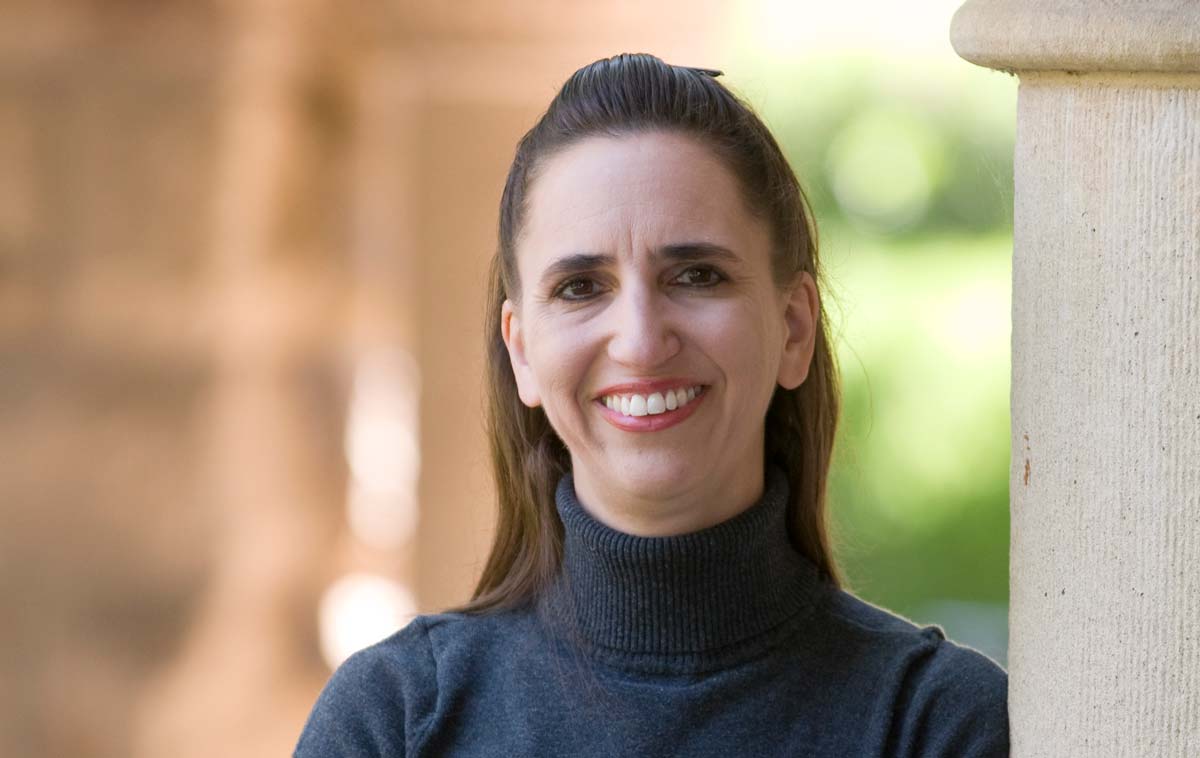Meet the ESL Library Virtual Conference Speakers: Robyn Brinks Lockwood

September 3, 2021

Share this post
On September 17–18, 2021, we will be hosting a free two-day virtual conference to explore current teaching trends and the future of education technology. At this conference, you’ll connect with organizations and teachers, share your experiences and expertise, and help shape the future of English language education. This article is part of a series of posts introducing some of the conference speakers.
Meet Robyn Brinks Lockwood. Robyn is a Lecturer in English for the Foreign Students Program at Stanford University. She teaches academic listening, speaking, and writing courses to graduate students. Robyn will be joining our panel discussion on September 18 about elevating teachers' voices and the future of English language education technology.

Robyn got into the world of ESL by accident. Back when she was in graduate school, she was originally supposed to work as a Teaching Assistant for a Comp 101 class when the department asked her to work with second-language learners instead.
“My start in ESL was accidental—what I now call serendipity. From the first moment, I loved it. I haven’t looked back since.”
Robyn loves researching and teaching speaking. In social situations, she likes to observe and let others talk in order to find patterns.
“For example, introducing yourself, asking for and giving advice or compliments, and even greeting others, follows a certain pattern. We often even say the same phrases when we perform those functions. My students often fear speaking with native speakers because they can't control it. They feel they don't know what the other person will say. While that is true to some degree, these patterns in structure and common phrasing actually make my students feel they have some level of control when you can somewhat predict what someone is going to say. These observations led to some of my course content and eventually to a textbook called Speaking in Social Contexts.”
Robyn also likes to research, discuss, and use the flipped learning approach.
The flipped learning approach gives more power and responsibility to the students. In it, homework is assigned before the class. This homework activity allows students to learn at their own pace beforehand and prepare questions ahead of time. During class, students can then practice what they’ve learned and get more timely feedback.
“There are many benefits to flipping. My main reasons are for the interactive nature of the classroom, the student-centered nature, and the relationship I build with students. The pandemic has made online teaching even more important, which means interactivity, student-centered rooms, and relationship-building is even more important since we can't be in a physical classroom. Flipped learning is a fantastic way to not lose these things despite teaching online. I'm not sure what the 'new normal' will hold for education in the post-pandemic world, but I don't think online, blended, and flipped learning will disappear.”
While there are many benefits associated with flipped learning, there are many myths too. Robyn wrote about some of those myths in an e-book called Flipping the Classroom: What Every ESL Teacher Needs to Know. She has also recorded a blog about flipped learning as well and is in the midst of recording another blog too.
To hear Robyn speak, be sure to register for our virtual conference.
To learn more about Robyn, you can visit her LinkedIn and her Stanford Profile. You can also check out more of her books at the following links:
Comments (3)
Alba Caceres(Guest)
September 16, 2021 at 1:14 pm
Mark L.(Teacher)
September 18, 2021 at 5:02 pm

Tara Benwell(Author)
September 21, 2021 at 2:01 pm
Josué R.(Teacher)
September 18, 2021 at 7:26 pm